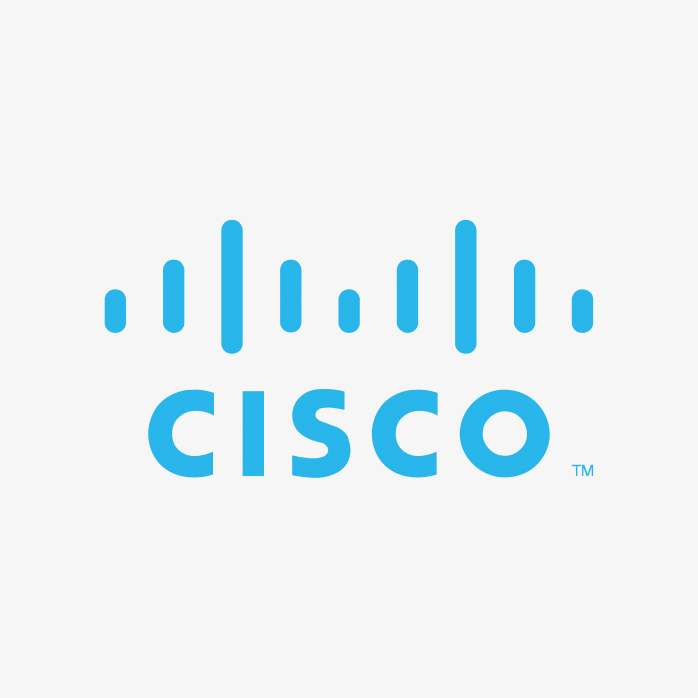Estimated Reading Time: 4 minutes
Network Assurance (10%)
Using Troubleshooting Tools to Diagnose Network Issues
- Debugs: Understand how to use the
debugcommand for real-time monitoring and troubleshooting network issues, such asdebug ip packet,debug ip routing, etc. Be aware of the potential performance impact. - Conditional Debugs: Learn how to set conditional debugging to filter and focus on specific traffic or events, reducing the impact of the
debugcommand. - Traceroute: Master how to use the
traceroutecommand to diagnose network path issues, and understand the variations of this command across different operating systems and how to interpret its output. - Ping: Become proficient in using the
pingcommand to test connectivity and latency, and learn how to interpret TTL, latency times, and packet loss. - SNMP: Understand Simple Network Management Protocol (SNMP), including its structure (such as MIBs, OIDs), and how to use SNMP tools (e.g., snmpwalk) to monitor and manage network devices.
- Syslog: Configure and interpret syslog messages, understanding the significance of different severity levels (emergencies, alerts, critical, errors, warnings, notifications, informational, debugging).
Configuring and Verifying Flexible NetFlow
- Basic Concepts: Understand the concept of Flexible NetFlow, its benefits, and how it differs from traditional NetFlow.
- Configuration Steps: Learn how to configure Flexible NetFlow, including defining flow records, flow exporters, and flow monitors.
- Verification Methods: Master how to verify NetFlow configuration using commands like
show flow monitor, and how to analyze NetFlow data using tools.
Configuring SPAN/RSPAN/ERSPAN
- SPAN: Learn how to configure local port mirroring (SPAN) to capture traffic on the same switch.
- RSPAN: Master how to configure Remote Port Mirroring (RSPAN) to capture traffic across switches by transferring mirrored traffic through a VLAN.
- ERSPAN: Understand Enhanced Remote Port Mirroring (ERSPAN), including how to transport mirrored traffic over IP networks, and learn its configuration.
Configuring and Verifying IPSLA
- Basic Concepts: Understand the purpose of IP Service Level Agreement (IP SLA) for monitoring metrics such as latency, jitter, and packet loss.
- Configuration Steps: Learn how to configure IP SLA operations (such as ICMP echo, UDP delay, etc.) and schedule these operations.
- Verification Methods: Master how to verify IP SLA configuration and results using commands like
show ip sla statistics.
Describing Cisco DNA Center Workflows for Applying Network Configuration, Monitoring, and Management
- DNA Center Features: Understand the features and components of Cisco DNA Center, including network automation, assurance, optimization, and security.
- Workflows: Familiarize yourself with DNA Center workflows, such as how to perform automatic device discovery, configuration deployment, policy application, network monitoring, and troubleshooting.
- Use Cases: Learn how to use DNA Center for specific tasks like software upgrades and policy compliance checks.
Configuring and Verifying NETCONF and RESTCONF
- NETCONF: Understand the concept of the Network Configuration Protocol (NETCONF) and how to manage configurations using YANG models.
- RESTCONF: Learn about RESTful Network Configuration Protocol (RESTCONF), including how to manage network devices using HTTP methods (such as GET, POST, PUT, DELETE).
- Configuration Steps: Learn how to enable and configure NETCONF and RESTCONF on devices, and how to verify using tools such as Postman.
- Practical Use Cases: Master specific examples of NETCONF and RESTCONF operations for practical application and troubleshooting.
References
Cisco Learning Network
Cisco Port Monitoring
Cisco NetFlow

